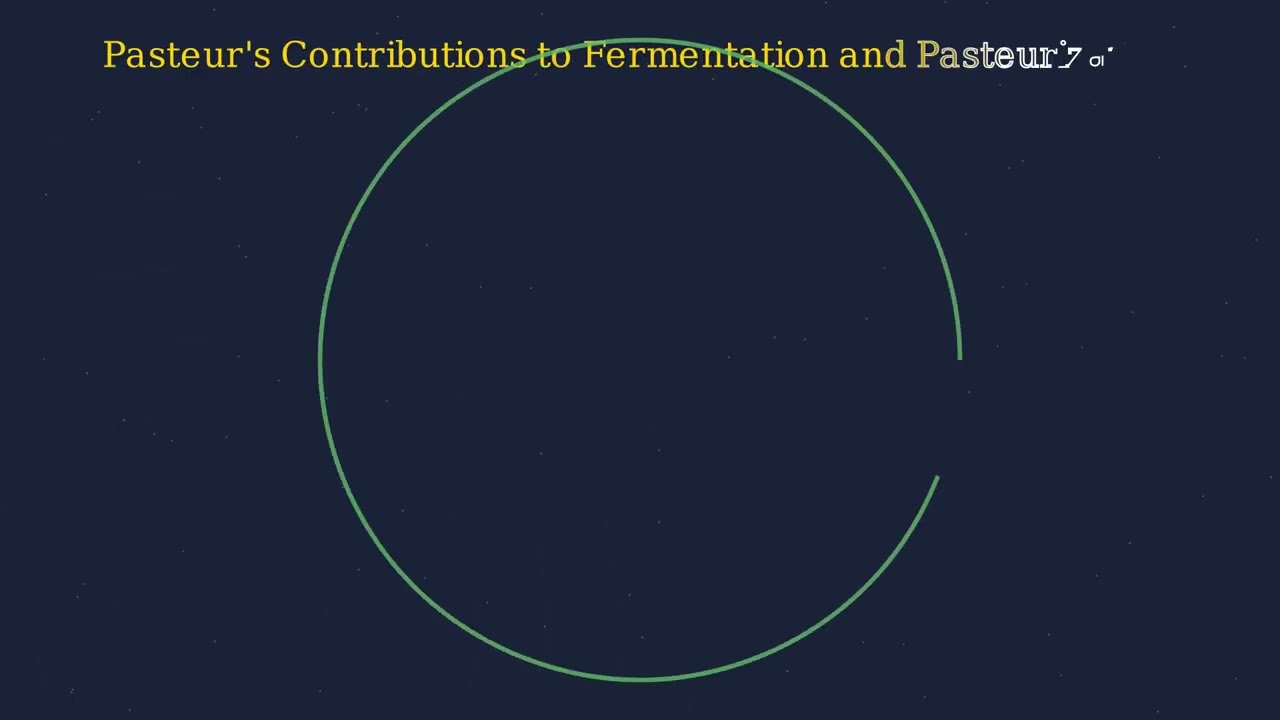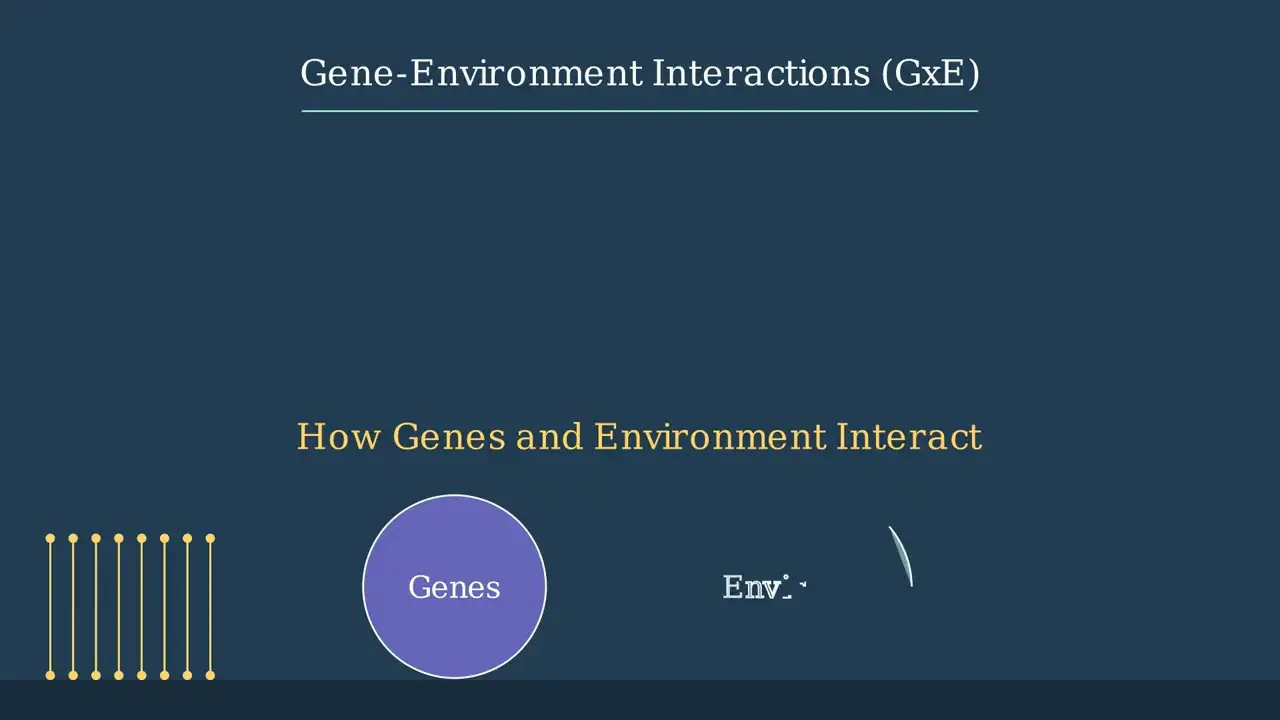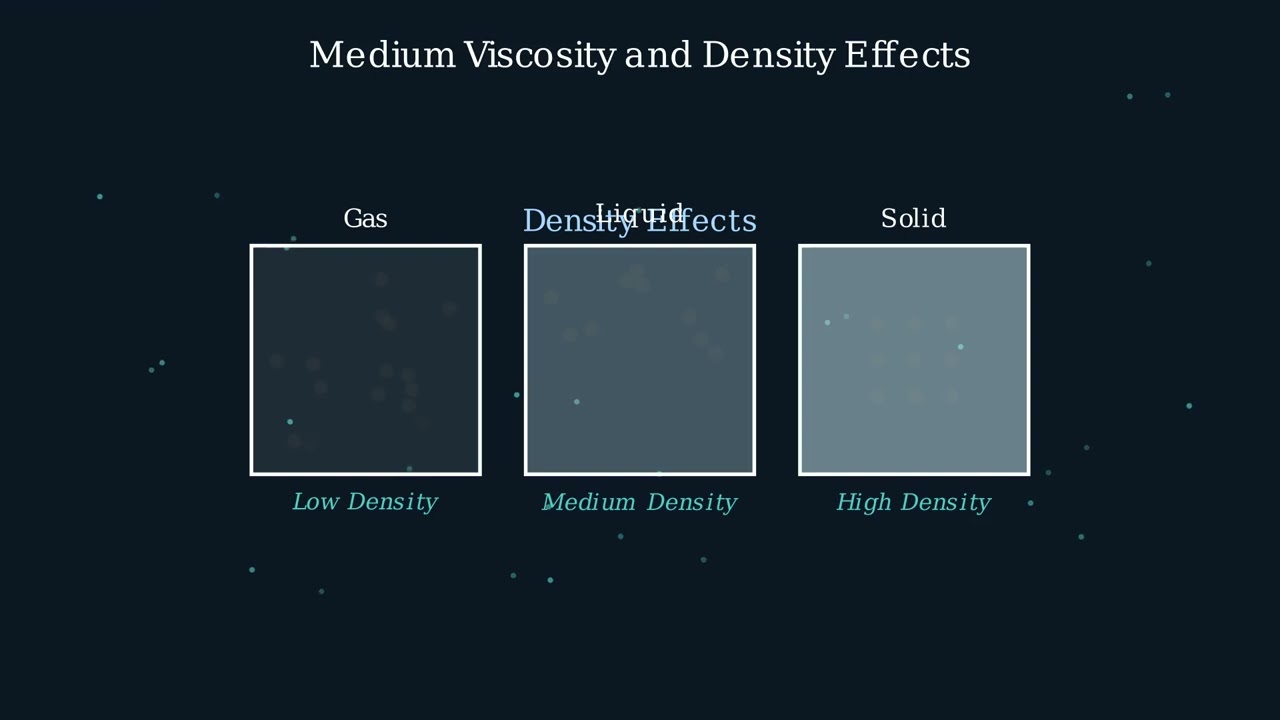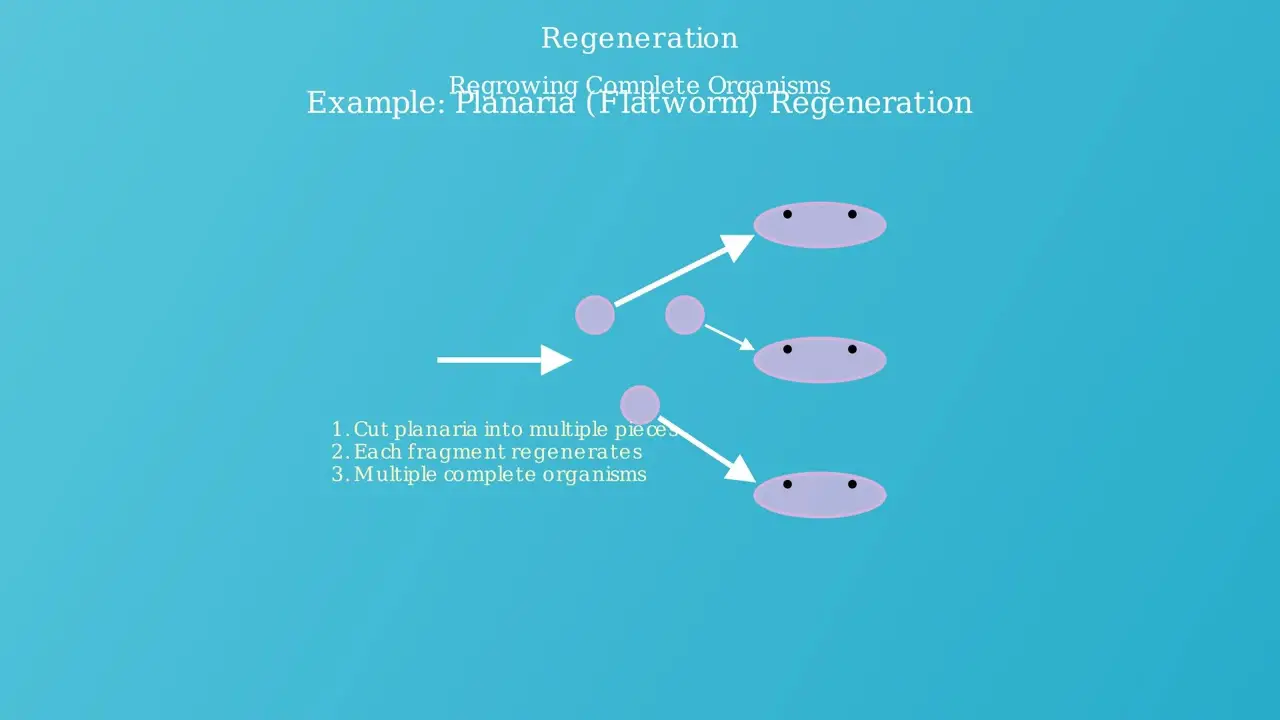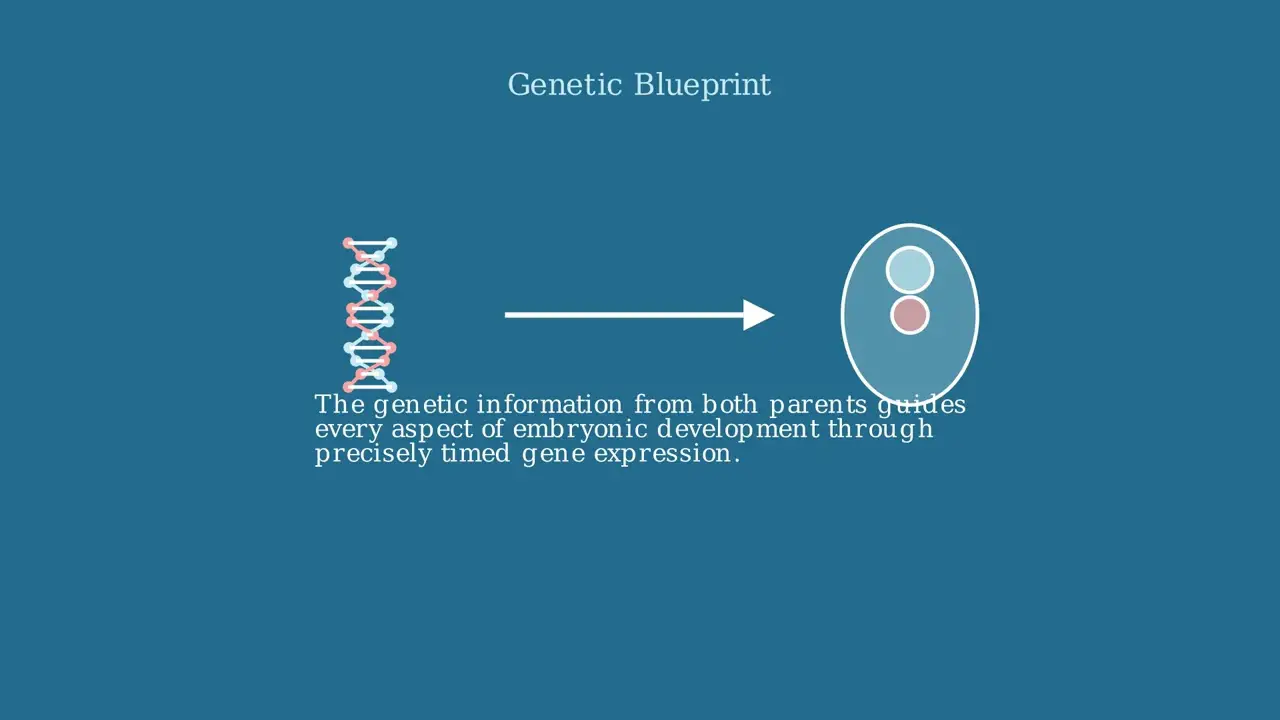A Brief History of Microbiology
Introduction to Microbiology’s Historical Journey Welcome to this comprehensive overview of microbiology’s history. Microbiology is the study of microorganisms – tiny living entities invisible to the naked eye. This field has transformed our understanding of disease, revolutionized medicine, and shaped modern science. Today, we’ll explore how this discipline evolved from ancient observations to a sophisticated … Read more
